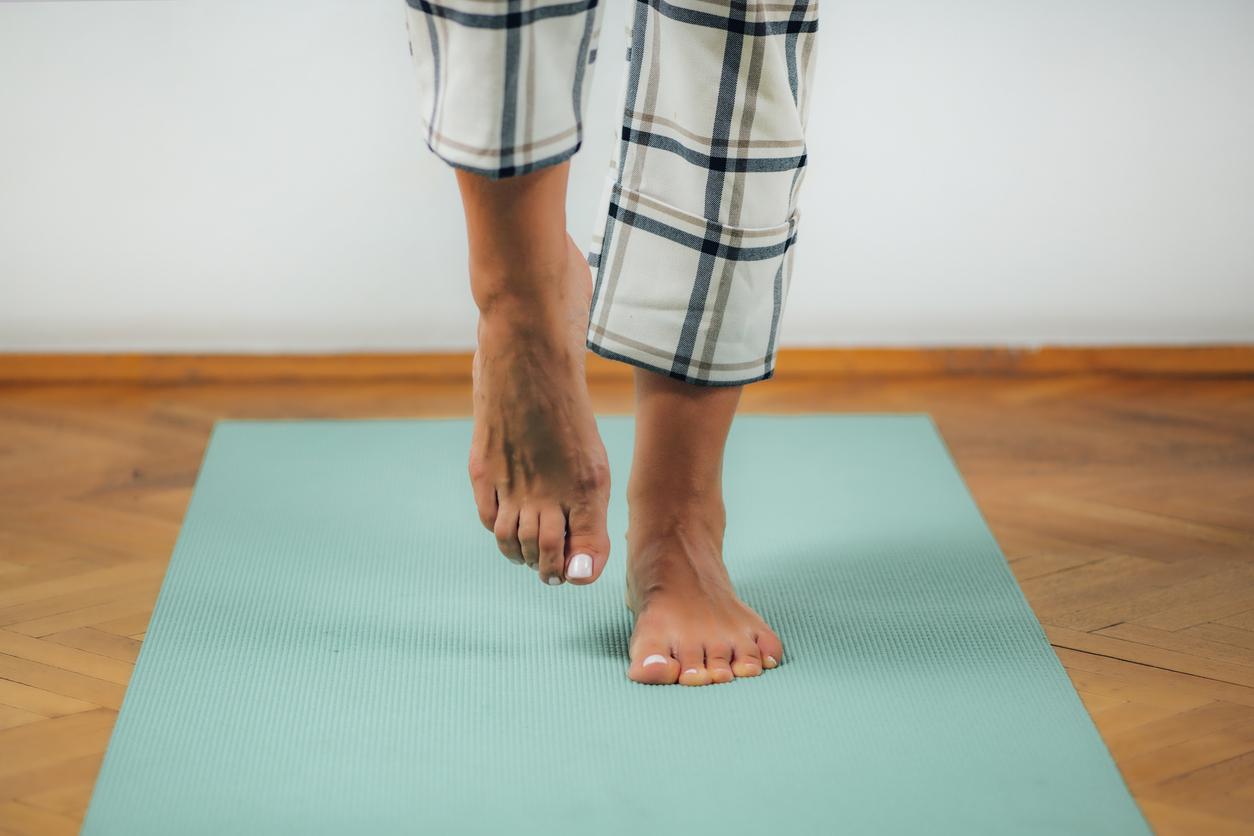February 19, 2008 – Learn tango and dancing it would allow people with Parkinson’s disease to improve their mobility and balance. This is the conclusion of a preliminary study conducted by the Washington University School of Medicine.1.
Comparing the elegant Argentine dance to an exercise program designed especially for people with this condition, the researchers concluded that the tango was just as effective in improving general mobility.2. Even more, by the end of the 13-week study, the dancers had improved their balance more than the people who exercised. They also obtained better results in a test measuring the risk of falling.3.
The social aspect of the dance also made the classes more attractive, to the point where the dancers wanted to participate in additional classes, which was not the case for the other subjects.
The 19 participants, randomly assigned to one or the other of the groups, all benefited from the same number of hours of activity: 20 one-hour sessions, spread over 13 weeks. The program consisted of sitting and standing exercises while resting on a chair. Dance classes included stretching, balance exercises, step sequences and tango-style walking (forward and backward).
Dancing, and tango in particular, is beneficial for people with Parkinson’s disease because it incorporates several aspects of movement, the researchers believe. In addition to the synchronization needed to perform the steps, the music and rhythm make it easier to perform the movements and could reduce the freezing4.
Additional studies, conducted with more participants, will be necessary to confirm these results, however, specify the authors of the study.
Claudia Morissette – HealthPassport.net
1. Hackney ME, Kantorovich S, et al. Effects of tango on functional mobility in Parkinson’s disease: a preliminary study, Journal of Neurologic Physical Therapy 2007 Dec; 31 (4): 173-9.
2. As measured by the Unified Parkison Disease Rating Scale (UPDRS) test: www.pdcaregiver.org [Consulté le 19 février 2008]
3. As measured by the Timed Get Up and Go test: www.fallprevention.ri.gov [Consulté le 19 février 2008]
4. Sudden, brief immobility sometimes experienced by people with Parkinson’s, ranging from a few seconds to a few minutes. The person remains with their feet glued to the ground when starting up and tramples on the spot, in front of an obstacle. It is also called kinetic clutch. Taken from: www.neurologies.net [Consulté le 19 février 2008]














